There are a lot of medical breakthroughs that we have today and we are grateful for, but if we looked at where we were coming from, a lot of this medical milestones were first questionable with a lot of probably unethical practices just for the purpose of saving a person's life. Today, I want to discuss about the first heart surgery transplant so we can appreciate where science is today and know where we were coming from.
This is the case of Louis Washkansky and it was December of 1976 but he wasn't at home enjoying the holiday with his family rather he was on the hospital bed very sick and in serious pains just waiting to die while do everything humanly possible at the time to survive death. As at this time, he had been in the hospital for three months because he had a heart problem but it didn't start because he had been suffering from this for years but this time he was losing it and everyone were waiting for him to die but there was a doctor who mentioned that they could do a human to human heart transplant.
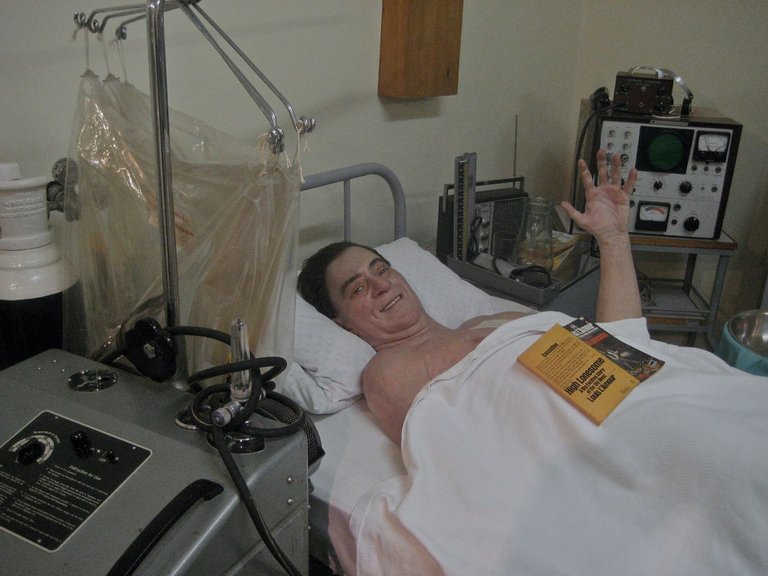
Born on April 12 1912 in Kovno, Lithuania, Louis Washkansky was the youngest of his four siblings and when he was three months, his father moved to South Africa to start a live and arrange for the family to join him but this wasn't possible because in July 1914, the first World War began but when he was 9 years old, they were able to move to reunite with his father.
Soon Louis became an adult and got married and he was living his life until the early 1960s when he began to suffer health issues. When he got to the hospital, he was diagnosed with Diabetes and Ischemic Heart disease what we know as Coronary heart disease. Two conditions that can be well managed and treated in our time now but I doubt anyone in the 1960 had a very clear understanding of what to do at the time.
Diabetes being the inability for his cells to take up sugar thereby leaving lots of glucose in his blood, and Ischemic Heart Disease is when the arteries of the heart cannot deliver sufficient oxygen-rich blood to the heart muscles itself as a result of plaque blockage. He would continue with his life but in December 1960, he suffered a heart attack and after that he suffered many other heart attacks that in 1965 he had a serious one that caused him another problem which was a heart failure.
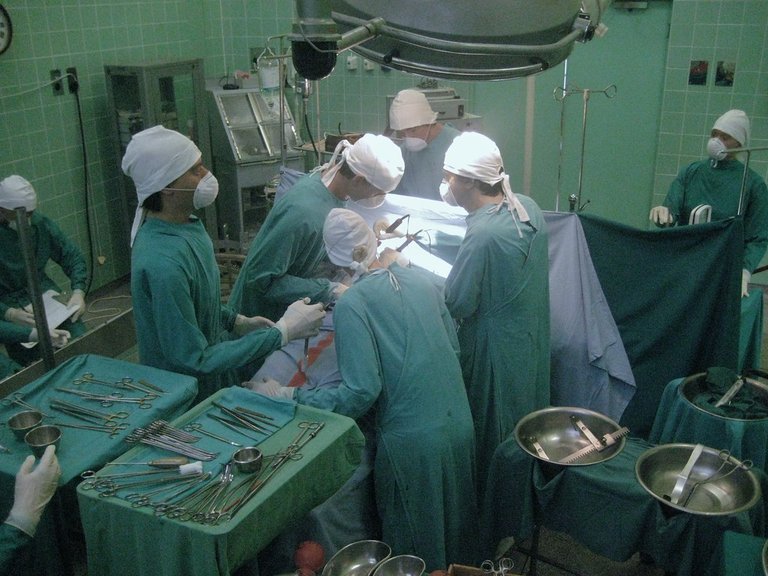
He continued with his life but one day began to find it hard to breath properly so he and his wife went to the Groote Schuur Hospital where they met Dr Kaplan who diagnosed him with Chain Stokes Respiration (CSR) which was as a result of multiple heart failure. The doctor prescribed Aminophylline Suppositories which was to be inserted through his rectum so he could breath better. The doctor then told Louis that he had just 2 months to live but the man was not giving up on live as he had the will to live.
It wasn't long before he returned to the hospital but with an additional problem which was a cough in addition to his inability to breath properly. The doctor had to increase his diuretic medication and he was allowed to go home but in September of 1966, Louis was back to the hospital with a much worse condition than he had brought previously. He was experiencing swelling in his legs and his liver. The doctor knew that at this time, his right ventricle was failing as well.
His diabetes was getting worse as well but the doctor wasn't much concerned about it since he had little hope to live. His heart wasn't having enough strength to pump blood as it would and since the doctors didn't have much options, he didn't see a reason to demand a strict diet. The man was still feeling alive and would still go to work even in his severe pain and would still have fun such as going to the club and even taking alcohol.
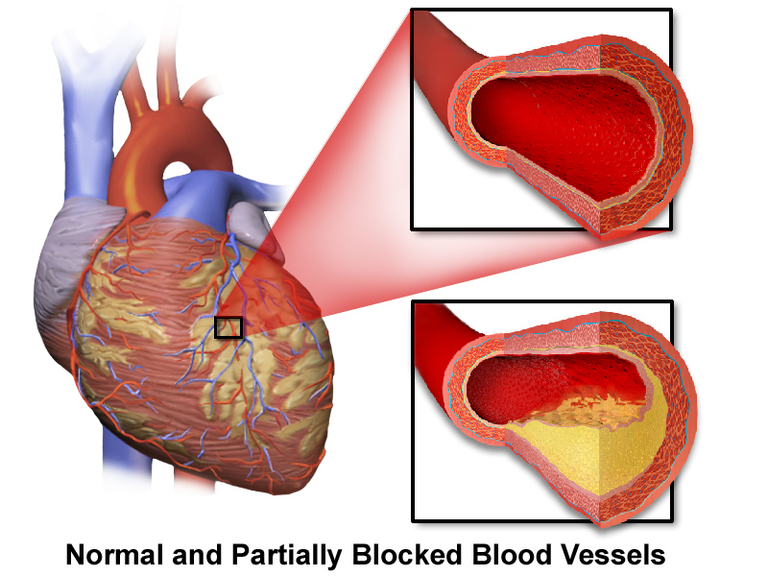
In July 1967, Louis found himself in the Cardiac clinic for other specialist to have a look at him and see what could be done but after different tests, the doctors sent him back to Dr.Kaplan as there was really nothing they could do. In September of the same year, he was admitted to the hospital but they were just waiting for when he would pass away. In October of that year, Louis suffered a diabetic coma and he developed Hemiballismus.
He suffered edema in his legs so the doctors had to sit him upright to draw out the fluid in his legs. He developed cellulitis in his left calf after the fluid was drawn out. Now he was suffering from heart failure, liver and kidney failure, diabetes, and bacterial infection. He was dying but he knew how to make his wife feel less worried. It was in November of 1967 that Dr. Velva "Val" Schrire who was the head of Cardiology in the hospital brought up the idea of a heart transplant. As at this time, a human to human heart transplant had never been done, so it was a very dangerous and risky procedure.
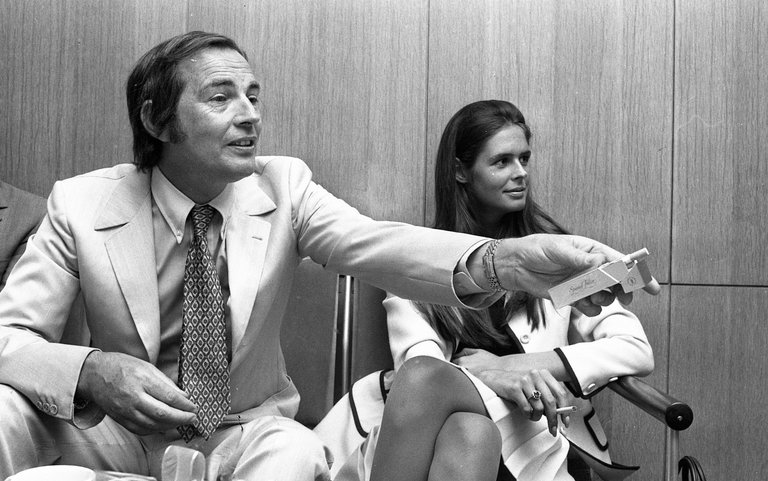
The doctor was going to work based on the Heterotopic Transplant on Dog experiment conducted in 1905 by Dr. Charles Guthrie and Dr. Alexis Carrel were the donor organ was placed side by side with the recipient organ which showed that it was possible to transplant the heart although it came with a lot of backlash. Orthotopic Transplant on the other hand had to do with the complete removal of the recipients organ and replacing it with a recipient organ in the exact location. Also they were going to be working on the Human to Chimpanzee heart transplant by Dr. James Hardy in 1964.
At this time, there were 4 doctors who were in the race to perform the first human to human transplant so they could have their names in the sand of time, they were Dr. Richard Lower in Virginia, Dr. Norman Shumway at Stamford , Dr. Adrian Kantrowitz in New York, and Dr. Christian Barnard in South Africa.
Dr Christian Barnard had reached out to Dr. Velva "Val" Schrire about a need for a patient who is in dire need of a transplant so he could be the one to win the race and there was Louis who was at the verge of death and needed a transplant. When Louis was told, he agreed immediately because that was his only hope to surviving but Dr. Barnard was only going to do the transplant only if All forms of treatment must have been attempted and proven not helpful, Louis must be in a condition that is irreversible and would kill him eventually, and he must be close to the point of death.
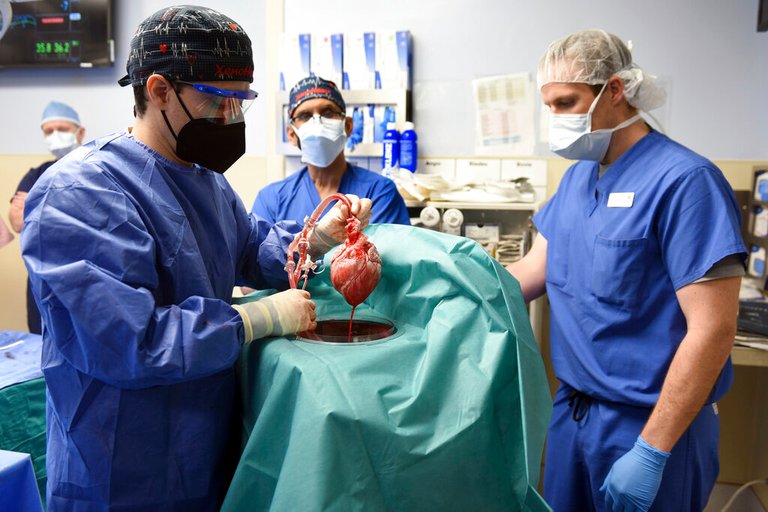
When the doctors looked at the film of his heart, they realized that he met the criteria so he was going to go on with the surgery. Dr. Barnard explained that the chances of survival with the transplant was 80% but without it, there was a 0% chance of survival. Although researchers years later mentioned that 80% was a misleading figure to give the family. But as at the time, what was left was finding a heart donor for Louis.
Soon a possible donor appeared. The man had an accident and was in bad shape and was quickly rushed to the hospital. He was placed on a ventilator but gradually, his brain activities began to reduce while his body function was still fine and soon the patient was declared brain dead. So he became a potential donor moreover both Louis and the donor were the same blood group an their tissue types were compatible. Dr. Barnard met with his relative and discussed with them about the situation and their son being a donor.
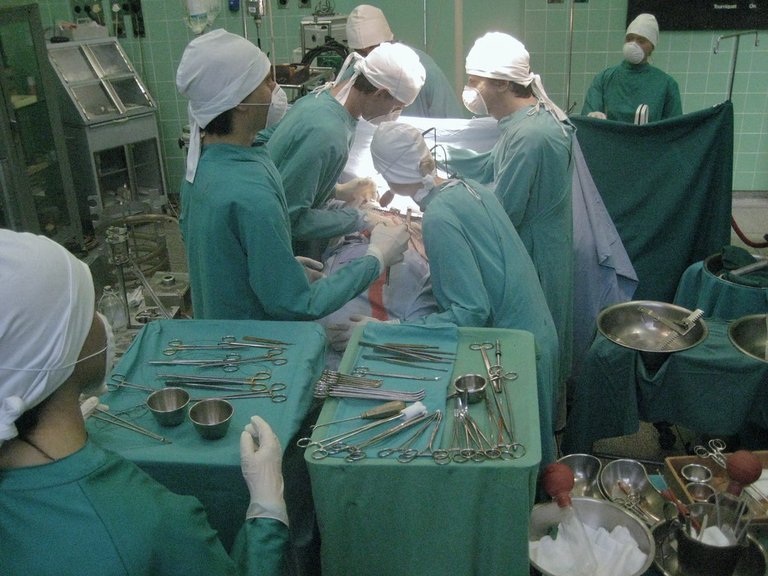
Soon another call came that there was a potential donor named Denise Darvall and she was a better donor due to South Africa Apartheid Crisis at the time. She had sustained severe head injury from an accident and while they tried to save her the damage was severe and she was declared brain dead. They spoke to her parents and they agreed to donate their daughter's organ. Her blood type was O- which meant she was a universal donor, and her tissue type was a perfect match.
The procedure was done and to prevent Louis body fighting the heart as a foreign body, he was given numerous immunosuppresant to weaken his immune system. The procedure took 5 hours after which they began anti-rejection therapy. He was able to move body parts before he fell asleep. After the operation, he was fine until day 4 post operation when his heart rate increased with Atrial Flutters. The doctors administered Digoxin to slow his heart rate and it did but on the 5th day post operation, his heart rate increased again to 150 beats per minute.
They were scared that it could be the body rejecting the heart but they had more concerning issues as the swab taken 2 days prior found Klebsiella in his left nostril. They gave him antibiotics and began treatment after which his health improved in the following days. On December 12th, the Louis began to experience abdominal issues and this went on for 3 days and was managed by the doctors. I must say that these doctors did their best to keep Louis alive. Doctors thought that it could be as a result of steroids and stress from interviews.
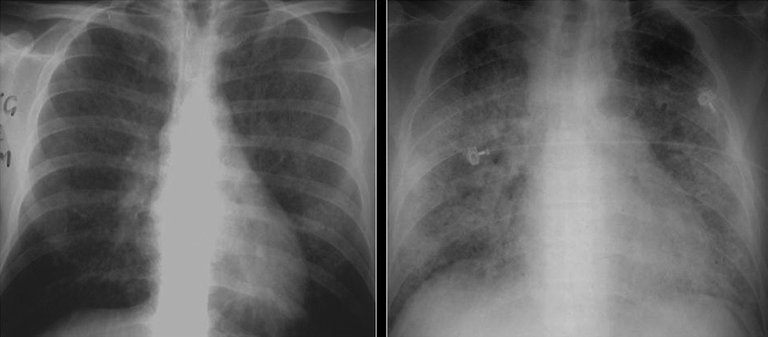
On the 12th day, when he went for an X-ray, a minuscule shadow was observed in the left lobe of his lung and on this day, he began to fell extremely sick with his respiration rate increasing from 20 to 24 pulse and his blood pressure went down. The following day after an x-ray, the shadow in his left lung had spread to his right lung. Dr. Barnard thought it could be Pneumonia but they needed to be certain if it was a fungal, viral, or bacterial as they would require different treatment but when the result came back, Louis was suffering from Pneumococcal Infection which was a bacteria infection of the lung. Soon they found Psudomonas in his sputum.
On the 19th of December, Louis had suffered from low blood sugar (Hypoglycemia) and white blood cell had dropped seriously. Soon he lacked oxygen and started to turn blue so they placed him on artificial respiratory machine. While the doctors did their best to treat the patient, on the 21st of December 1967 which was 18 days post operation, Louis passed away. Autopsy showed that he died of Pneumonia which caused respiratory failure.
Post Reference
https://www.jtcvs.org/article/S0022-5223(02)19201-4
https://health.uct.ac.za/cardiothoracic-surgery/historical
https://www.news24.com/life/wellness/body/condition-centres
https://www.nytimes.com/1977/07/18/archives/barnard-tells
https://www.sajr.co.za/louis-washkansky-the-man-with-the-miracle-heart/
https://www.simonandschuster.ca/books/Every-Second-Counts/Donald-McRae/9781416510956
https://pmc.ncbi.nlm.nih.gov/articles/PMC6062759
https://www.apstherapy.com/about-aps-therapy/interview-with-chris-barnard/
https://heartofcapetown.co.za/louis-washkansky/
https://theconversation.com/how-an-historic-heart-transplant-created-a-celebrity-scientist-50-years-ago-88277
https://content.time.com/time/subscriber/article/0,33009,173533,00.html
https://www.nhlbi.nih.gov/health/coronary-heart-disease
https://pmc.ncbi.nlm.nih.gov/articles/PMC558471
Image Reference
Image 1 || Flickr || Heart of Cape Town Museum
Image 2 || Flickr || Heart of Cape Town Museum 2
Image 3 || Wikimedia Commons || Coronary Artery Disease
Image 4 || Wikimedia Commons || Heart transplant pioneer Barnard here on Visit
Image 5 || Free Malaysia Today || US man recovering after
Image 6 || Flickr || Barnard and his team successfully perform the world’s first heart transplant
Image 7 || Wikimedia Commons || X-ray of ground glass opacities of pneumocystis pneumonia
Thanks for your contribution to the STEMsocial community. Feel free to join us on discord to get to know the rest of us!
Please consider delegating to the @stemsocial account (85% of the curation rewards are returned).
Thanks for including @stemsocial as a beneficiary, which gives you stronger support.